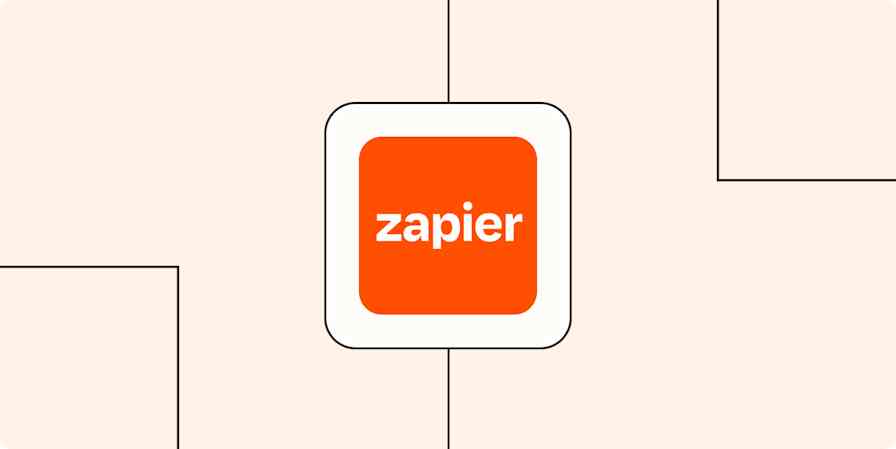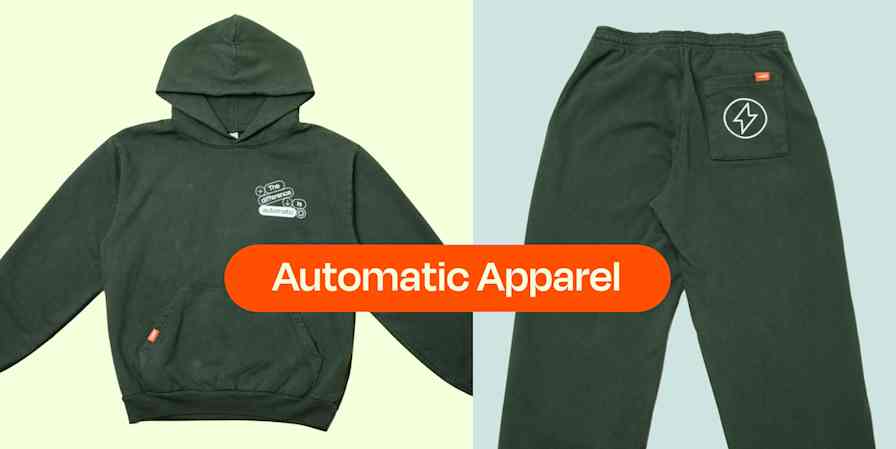Zapier initiatives
4 min readZapier's favorite No-Code Day Contest submissions
We had over 400 submissions, all showcasing unique and creative ways to use no-code tools.
By Zapier Editorial Team · August 16, 2022

Get productivity tips delivered straight to your inbox
We’ll email you 1-3 times per week—and never share your information.
tags
Related articles
Improve your productivity automatically. Use Zapier to get your apps working together.








